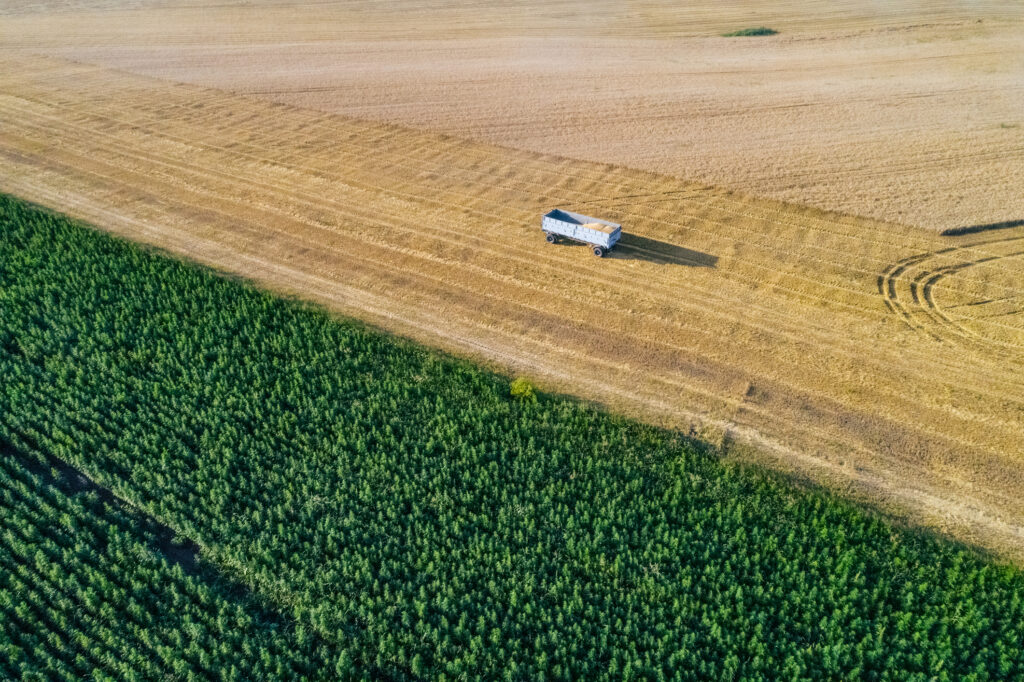By: Ron Ye

Around the world, food is getting increasingly expensive. The war in Ukraine and COVID-19 are the main factors behind it. COVID-19 has led to supply issues, growing inflation, and labor shortages. This has caused a surge in food prices in 2021 as countries reopened and demand increased. Now, compounded with the war in Ukraine, the rise in food prices has become more noticeable. Russia is now closed off from trade due to sanctions and Ukraine is unable to keep up its food export due to the Russian invasion.
An Analysis
The rise in food prices may not stop anytime soon. According to the USDA, the harvest for Ukrainian wheat planted last autumn begins in late June. This comprises a majority of the wheat from Ukraine. With the harvest not occurring until late June, the effects of the war on food prices have yet to fully materialize.
In addition, the Ukrainian corn and sunflower seed harvest will begin in September and continue through mid-November. These crops are supposed to be planted during the spring, which was disrupted by the Russian invasion. The amount that will be available for export will take a major hit.
Russian harvests have not been disrupted by the invasion but its ability and willingness to export its crops have. Sanctions on Russia will prevent it from exporting its crops to Europe and the United States. Moreover, Russia has banned grain exports to the Eurasian Economic Union, an economic union that consists of Armenia, Belarus, Kazakhstan, Kyrgyzstan, and Russia, until June 30. This is surprising when considering that the countries in the EEU are either allies or very friendly with Russia. The Russian government claims that this is to protect its domestic food market from the damage of sanctions.
The war in Ukraine, known as the “breadbasket of Europe,” will have a devastating impact on the global food trade. Added together, Russia and Ukraine make up 12 percent of the calories the world trades. In 2020, Ukraine accounted for 12.8 percent of corn, 8.97 percent of wheat, and 39.2 percent of seed oils in the world’s food exports. Russia accounted for 11.9 percent of barley, 19.5 percent of wheat, and 18.2 percent of seed oils. These are just some examples of Ukraine and Russia’s most important foodstuff exports in the world market.
The Impact
The European Union gets half of its corn imports, a fifth of its wheat imports, and a quarter of its vegetable oil imports from Ukraine. However, developed and wealthy countries, such as those in the EU, will be able to handle these rising food costs. They can afford to seek imports from other nations at higher prices. On the other hand, developing countries dependent on imports of foodstuffs from Ukraine and Russia will face food shortages and prices that will become unaffordable to their average citizens. This will generate social unrest and possibly even lead to political changes in these countries. Egypt and Lebanon are just two examples of many African and Middle Eastern nations affected. 85 percent of Egypt’s wheat and 73 percent of its sunflower oil comes from Ukraine. 90 percent of Lebanon’s wheat and cooking oil comes from Ukraine and Russia.
The impact of the Russo-Ukrainian war on the U.S. food market would be minimal and not as dire as countries dependent on imports. The U.S. exports more food than it imports. The U.S. only imported about $448 million worth of wheat and $323 million worth of corn in 2020, most of which comes from North and South America. In fact, the U.S. is a major exporter of corn and wheat, making up 25.4 percent and 13.7 percent of the world’s exports in 2020 respectively. However, cooking oil in the U.S. may become more expensive. The U.S. imported $212 million worth of seed oil in 2020, 26.6 percent of which came from Ukraine. Moreover, prices of foodstuffs other than cooking oil in the U.S. will still increase. This will be driven mainly by the issues caused by COVID.
The status of food security around the globe is currently in question. How countries will fare will depend on their wealth and how much they depend on Ukraine and Russia for food. It is likely that we may soon see unrest and upheavals in those countries that are unable to handle the current situation. As long as no other exacerbating factors come into play, the U.S. will be able to handle the rise in food prices and come out mostly unscathed. On the other hand, this will test U.S. foreign policy and its ability to aid other countries. The U.S., as a world leader, has played a major role in sending food aid to other countries. According to the Government Accountability Office, an independent and nonpartisan government agency that monitors and audits for Congress, “the United States is the largest bilateral (individual country) donor of international food assistance.” From 2014 to 2018, the U.S. accounted for about 36 percent of all food-related aid to other countries. It is likely that the U.S. will continue to provide food aid to countries that need it. The continuation of aid from the U.S. is vital to the world and prevents starvation. In the unlikely scenario that the U.S. suddenly stops its food aid, we may see food crises and mass starvation in many countries.



